Are Accidents and Fatalities in the US National Parks on the rise?
A man was seriously injured on Thursday falling into a volcanic crater in Hawaii’s Kilauea Volcano National Park. The man was apparently trying to get a better view of the caldera when he plunged 70 feet down to a lower ledge; initial reports stated that he lost his footing, but later reports indicated that part of the ground had crumbled away under him.

This man survived, but it got us thinking…accidents and deaths in US National Parks tend to get a lot of press coverage, particularly those of the dramatic variety. We got us to wondering…are deaths in the Parks on the increase, and if so, why?
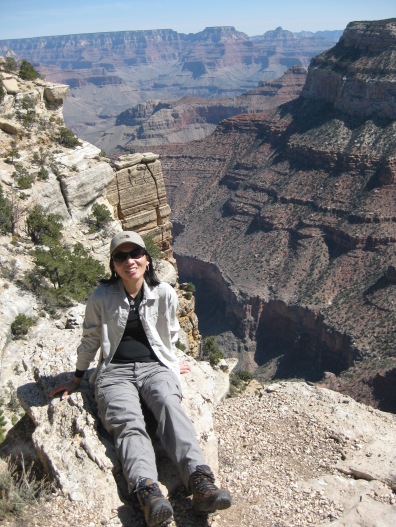
This is a somewhat hard question to answer, for two reasons. First, the National Park Service does not publish statistics on deaths within the system. You can obtain them, but even then, the NPS does not publish how the deaths occurred. Getting access that part of it is tricky, and usually requires a lot of exhaustive research.
The second problem is that overall visitation to the National Parks continues to reach new record levels almost every year…so it’s not enough to ask simply if more accidents are happening. We would need to know how, and at what percentage of the total visitation.

There have been several attempts by popular publications to boil down the stats and come up with some answers. We checked a few of them. Most of these studies, which were in the main non-scientific, ranged somewhere between incomplete and half-assed.
Outside Magazine Online published one of those clickbait Top Ten Lists that always tends to annoy me, listing the top ten ‘most deadly’ US national Parks.
https://www.outsideonline.com/2161406/10-most-deadly-national-parks
Like most things Outside Online does, this leaves much to be desired. While accurate on the surface, the list greatly distorts the actual truth. For example, most of the parks listed are not “deadly”…they are just heavily visited. The main reason Great Smoky Mountain, Yosemeti, Yellowstone and Grand Teton National Parks see a lot of deaths annually is that they get a ton of visitors annually.
The park unit with the highest amount of deaths – by far and away – turns out to be Lake Mead. We said already that drownings are the most significant cause of deaths in National Parks, and in heavily visited Lake Mead, popular with swimmers and boaters, drownings contribute heavily to the total. Glen Canyon Recreation area, home to Lake Powell at the other end of the Grand Canyon, is also in the top ten.
Saying that Lake Meade recorded the most deaths is however NOT an indication that the park is inherently dangerous. It’s simply a big, heavily used lake, and lakes – especially large boating lakes – are by their nature potentially dangerous places. Excepting the desert heat, there is nothing inherently dangerous about this lake as opposed to others; recreation on water is just more risky than on land. If a visitor obeys safely rules and doesn’t go in over wading depth, the chances of an accident happening at Lake Mead are quite low.
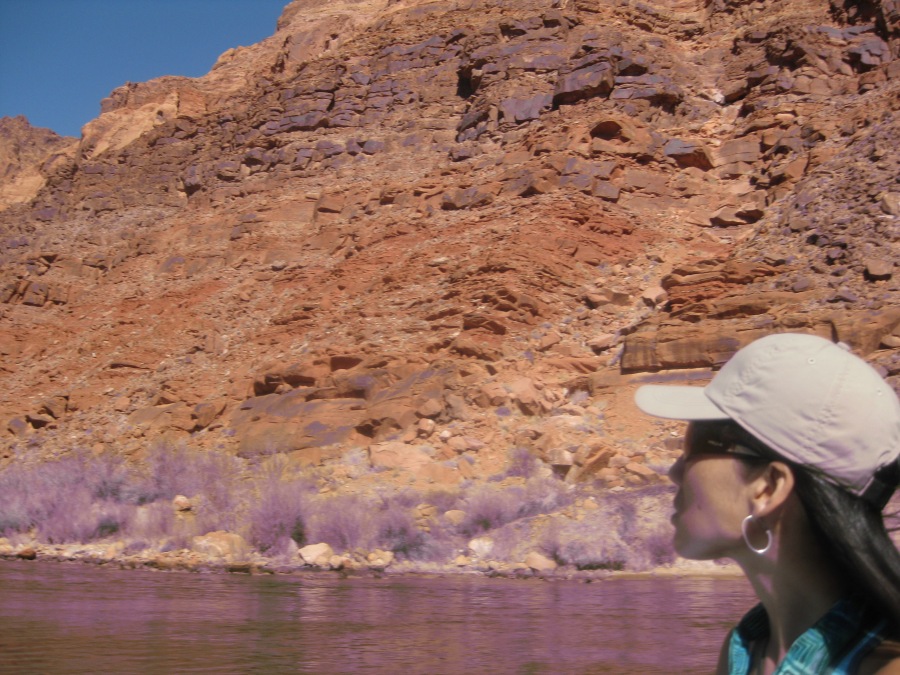
Golden Gate National Recreation Area also finishes in the top five. But again, that is mostly due to the fact that this is a heavily visited metropolitan area park, and very busy urban highways cut right through it. It is also close to water.
Usually near the top of any list of dangerous NPS units is the Blue Ridge Parkway, one of our own local favorites. However, this is very misleading for two reasons…firstly, the BRP is among the most heavily visited (often THE most visited) of the NPS units because people can easily get on and off the parkway any number of places. And…it’s a road. Any given 469 mile stretch of road will have its share of fatalities; the BRP is hardly unique in this respect.
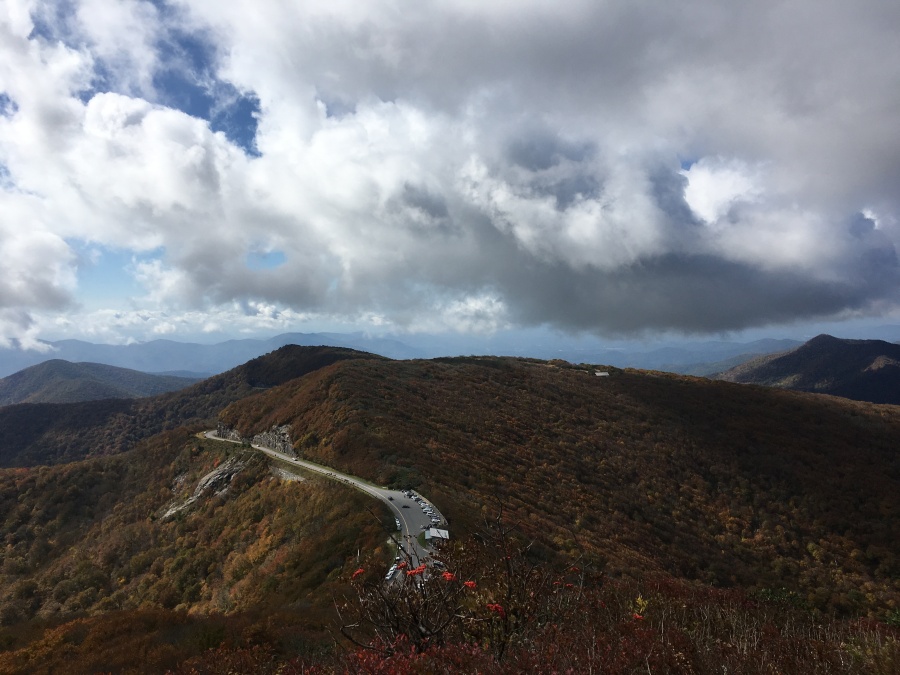
Another study was done by the reputable Washington Post, who did a somewhat better, though still flawed, job…
Per the article…”Somewhere between 120 and 140 people typically die at national parks each year, not counting suicides, according to numbers maintained by the National Park Service. That may sound like a lot, but consider that roughly 280 million people visit the parks each year. That means that if you go to a national park, your odds of dying there are roughly 1 in 2 million.”
(The visitation numbers are higher now than when this study was conducted…it’s currently over 300 million.)
The Post looked at how people die in the Park. They found that by FAR the most significant cause of death in a National Park is drowning, According to the Post’s survey, drowning killed over 350 in National Park Units people between 2003 and 2007. This correlates well with what Outside found in regards to Lake Mead.
The next leading cause is motor vehicle accidents. The Post’s survey determined that about 50-60 people per year had died in traffic related accidents in the park. It should be obvious to anybody that you don’t need to be in a National Park to die this way….over 40,000 people each year are killed national in vehicle accidents.

Since most of the parks have significant developed road systems, and most National Park visitation comes by car, it is no surprise that car accidents happen. But they do not happen at a particularly high rate compared to the national average.
The Posts article also attempt to dive into the subject of who is dying and draw some conclusions. Here, it falters. For example, the study notes that men are much more likely to die than women – three times as likely in fact – but offers no particular context as to why this might be so. We are left to draw our own conclusions.
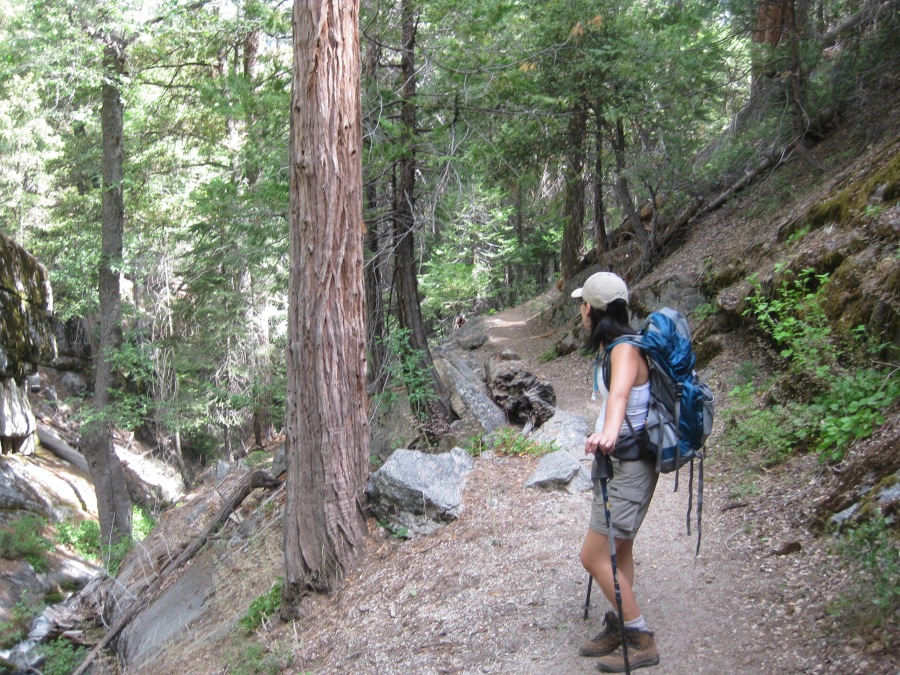
The article also makes the claim that foreign tourists from SOME nations are more likely to die than others, leaving room for some interesting speculation as to why this might be.
Unfortunately, the article then proceeds to demolish its own argument…the reason that some foreign tourist groups are more likely to do die in the parks than others is almost entirely due to the fact that people from some countries visit more often. Anyone who has been in a western National Park can tell you German and Japanese tourists are legion there. The fact that more Germans die than anyone else tells us almost nothing of value.
The Active Times also did a study in 2016 which reported that based on the Park Service’s own estimates made between 2007 and 2013, about 160 visitors a year die in national parks, a number very close to the Post’s estimate (The Post did not include suicides in its metrics.)
https://www.theactivetimes.com/travel/national-parks/how-many-people-die-national-parks-and-how

Again, if you factor in that the US National Parks annually host a total of visitors approximating the entire population of the United States, the death rate is actually quite miniscule. The Active Times computed it out to about one death per nearly two million visitors.
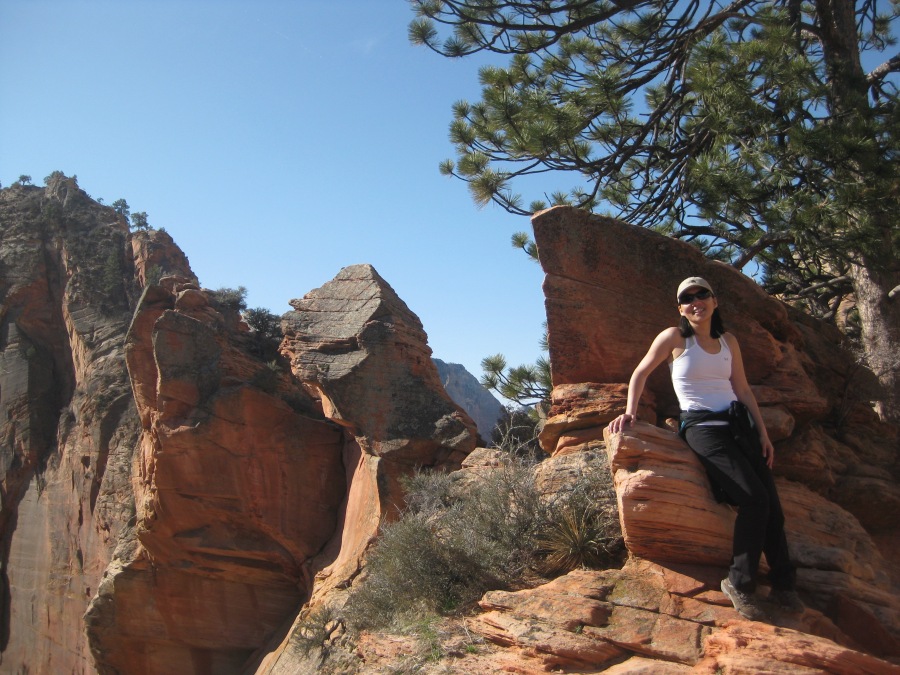
But the best breakdown we have seen so far is this one, somewhat dated, published in the Journal of Travel Medicine using statistics culled from the 2003-2004 season. The study is available online at Oxford Academic.
https://academic.oup.com/jtm/article/15/6/404/1827513
The study broke deaths in the park down into very distinct categories. (For example, 10% of all deaths in National Parks are related to hiking; 1% to sightseeing helicopter crashes.) It found some very interesting things…
- Half the deaths occurred in two age groups…people aged 20-29, and people aged 50-59
- The majority of National Park Units record NO deaths at all
- Ten Park units account for one third of the deaths
- Those ten park units, which are the same ones we’ve been talking about, really aren’t so dangerous, they are just heavily visited, have substantial road networks, and in some cases swimming and boating lakes
The first of those findings is interesting. Young people in their prime of physical fitness are the MOST prone to die, followed by people who are late middle aged. Whereas people in between those age groups, and people old than 60, are less likely to die.
The fact that young people are in the highest risk group does not surprise us…young people are just far more likely to be engaged in potentially dangerous activities like open water swimming, cliff jumping, climbing, waterskiing, etc. Also, there is a clear link between youth and alcohol related traffic fatalities, so that alone could explain the averages.
The fact that people in their fifties are the next highest risk group is interesting, however. As a person of ‘a certain age’ Brian was surprised to learn he falls into in the second highest risk group. We wonder, why that age group?
If we had to guess, it’s probably because that age group represents people who can still be very active but could have an undiagnosed medical condition or otherwise be prone to simply overdoing things. People older than sixty are simply less likely to be engaged in rigorous activity. We’re not sure if that completely explains it though…it’s just a theory.
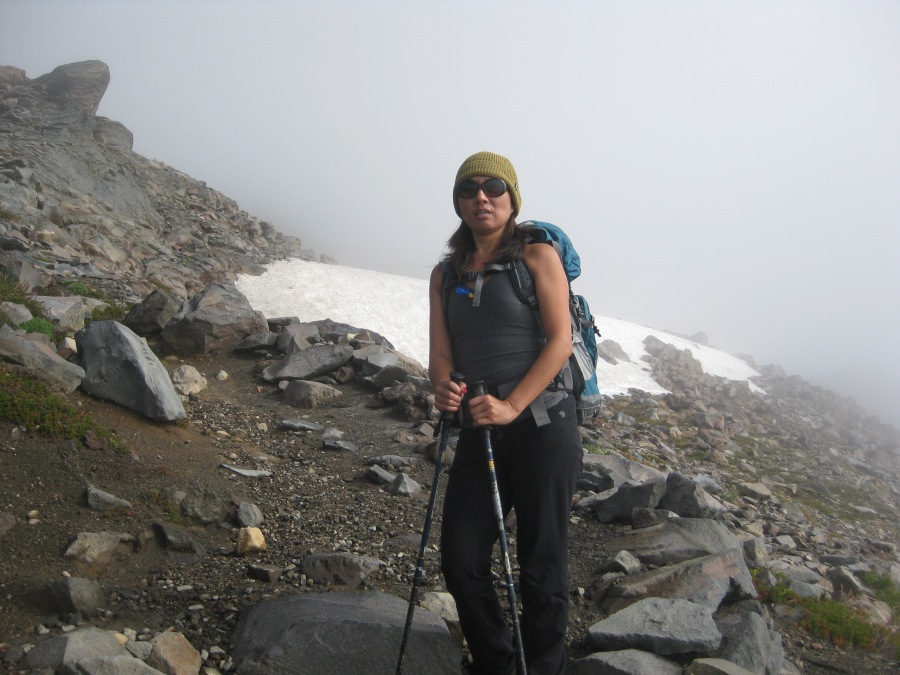
However, it all boils down to a single conclusion. As the writers of the study summed up…
“…Fatalities in NPS units are not widespread and are related to more common events such as motor vehicle crashes, suicide, swimming, and hiking rather than exotic causes such as bears or other wildlife.”
…in other words, there’s nothing much to be concerned about doing things that hikers do in the US National Parks. You aren’t likely to die; but if you ARE going to die in a park, it will likely be from something that could befall one right in the heart of a city or anywhere else.
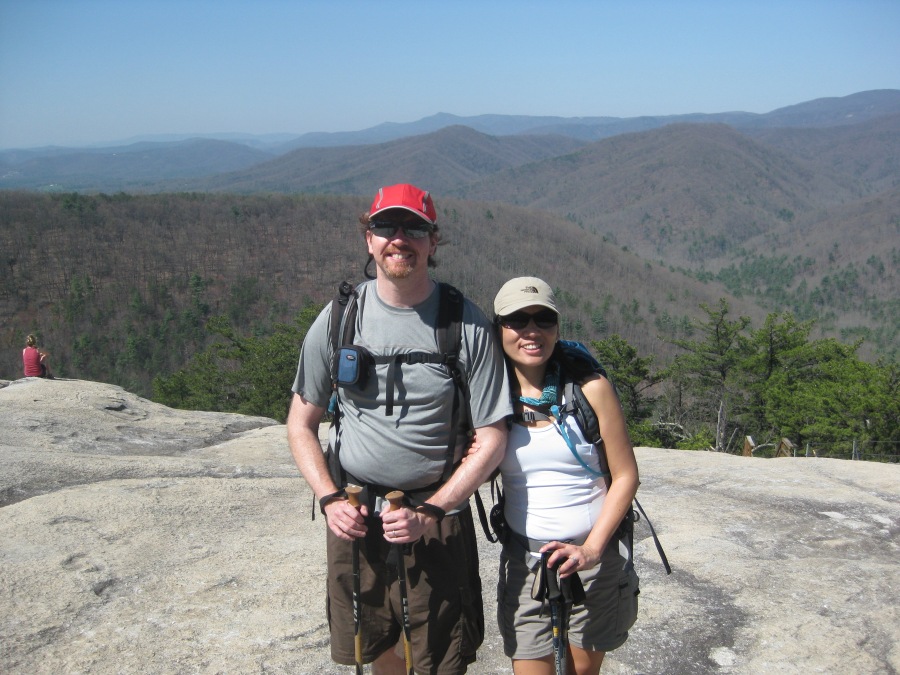
What the numbers really demonstrate is that…the US National Parks are NOT inherently unsafe places. The rate of accidents, homicides and other non-natural deaths recorded here is low compared to almost any urban area. It’s quite safe to visit them, and probably the most unsafe aspect of them is the drive to get to them.
We also can’t find any evidence that deaths or accidents in the National Parks are on the rise, apart from the fact that more people are visiting. The rate of occurrence of deaths does not seem to have changed.
We’ll talk about which parks MIGHT present some risk to hikers next time.
